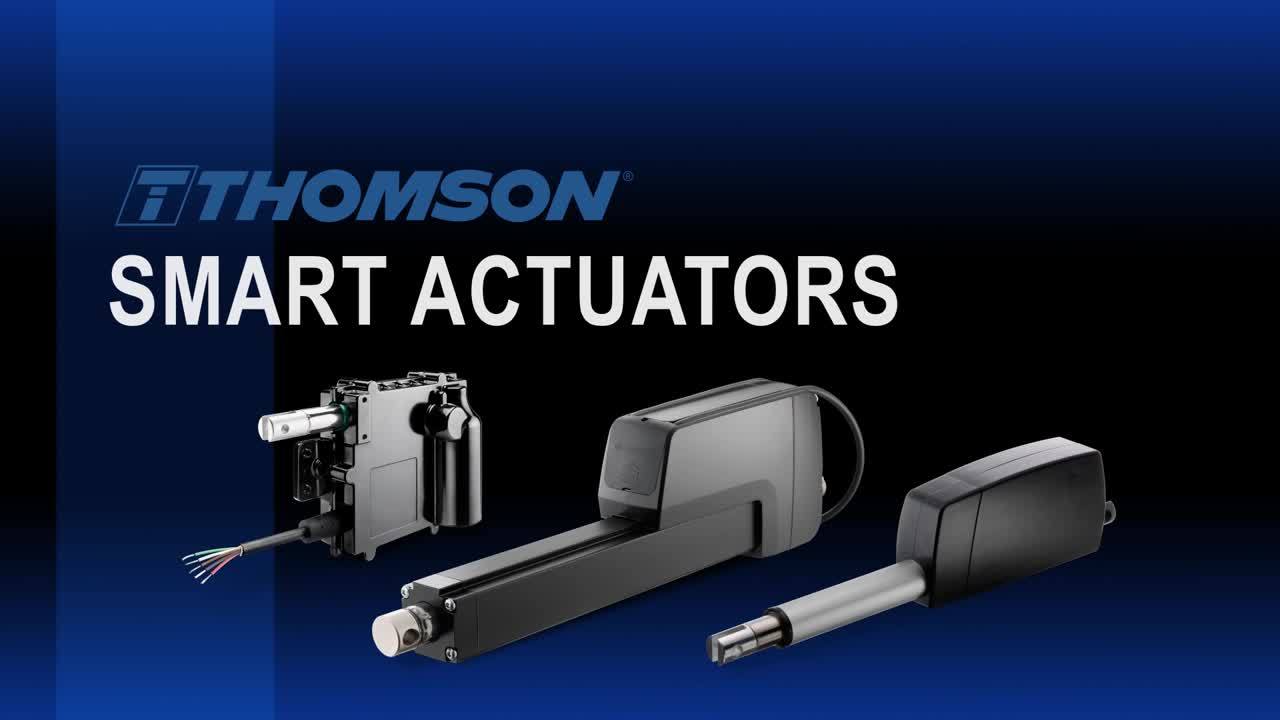Where Can Smart Actuators Make a Difference?
Smart linear actuators are increasingly finding their way into applications that were once dominated by pneumatic and hydraulic systems. The mobile off-highway (MOH) vehicle market was among the first to deploy electric integrated actuators for enhanced control and automation capabilities available in the field. However, other industries have begun to realize the many benefits of smart actuation.
Factory Automation
- Safer and cleaner environment, highlighted by elimination of hydraulic fluid leaks.
- Bus communication, low-level switching, intermittent duty cycles and high power density in a compact envelope.
- Improved efficiency of preventive maintenance programs and reduced downtime due to condition monitoring.
- Reduction of malfunctioning or worn parts through elimination of hydraulic pumps, valves and hoses.
- Simplified control with monitoring of operation-critical parameters.
- Cost savings via removal of external switches and controls, reduction in installation time, and lack of power consumption without load.
- Increased design flexibility by modifying input parameters when an actuator is used for different applications.

Construction and Agricultural Equipment
- Simplified, less expensive system design due to integration of external control boxes, fewer wires and quick connection to existing networks.
- Increased motion control capabilities via position feedback and out-of-the-box options for bus communication.
- Cleaner environment as a result of no fluids, chemicals or solvents necessary for operation.
- Robust and reliable operation, even in demanding environments, enabled by Thomson high testing standards.
- Increased operator safety as processes can be done from inside the machine cabin.

Material Handling
- Advanced position control and switching enable an infinite number of movement profiles and custom motion strategies.
- High power density makes equipment and battery powered machines more efficient.
- Safer and cleaner environment, highlighted by elimination of hydraulic fluid leaks.
- No need for hefty power supply or relay for control.
- Less stress is put on system batteries and charging systems due to onboard, low-level switching, which uses low-current signals to control the travel.
- Robust and reliable operation, even in demanding environments, ensured by Thomson high testing standards.
- Easy installation and maintenance from a plug-and-play, turnkey solution.
- Greater capability to synchronize operations among multiple actuators, including configuration of start-andstop instruction.

Domestic, Office and Hospital Equipment
- Manual-to-electromechanical conversion assists with load and ergonomics.
- No manual lifting saves time and eliminates strain for users/patients.
- Programmable positions, including sitting and standing positions at a workstation or desk, are possible.
- Safer and cleaner environment, highlighted by elimination of hydraulic fluid leaks.
- Using the battery as a power source frees you from having to use wall outlets.
- Saves energy due to lack of power consumption when holding a static load.
- Easy to integrate into home automation systems compared to other mechanical solutions.
- Enhanced safety with several connected axes able to communicate with each other and interlock functionality.




